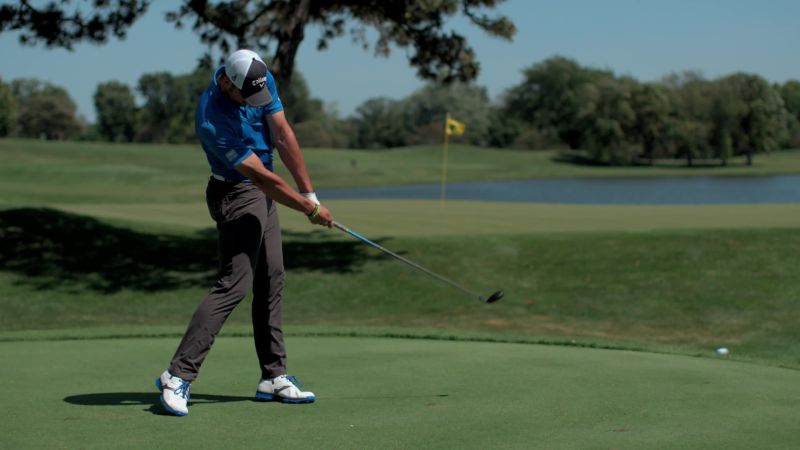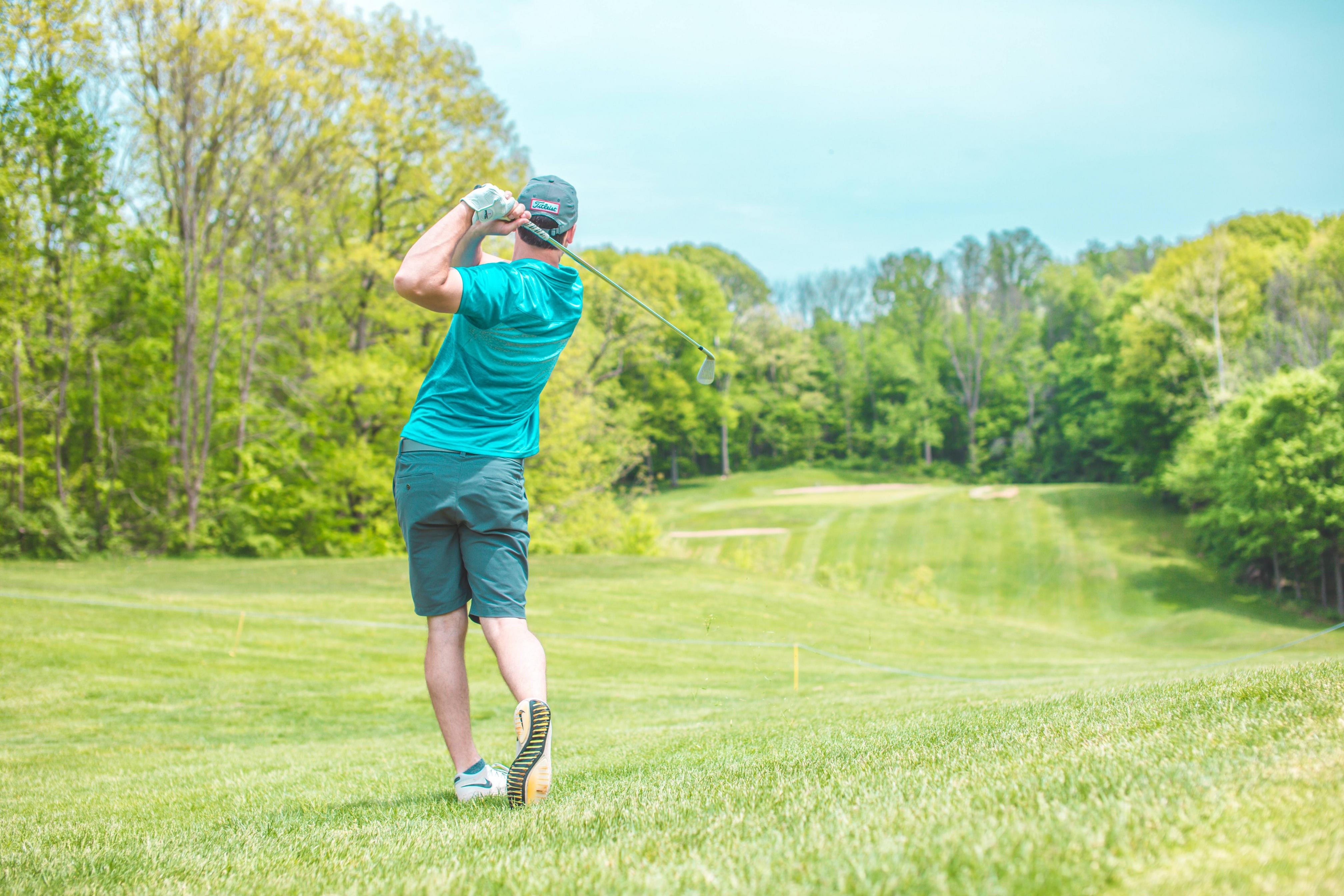
Are you wondering what the difference is between golf course and driving range? You might have thought about whether the extra cost for practice and aiming before hitting the fairways is worth it. The driving range isn’t just for hitting a ball as far and wide as possible. The best golfers aren’t so interested in driving the ball far. But you can definitely practice aiming and distance at a driving range.
Driving distance
When you are considering a driving range for golf, the first thing to ask is which one is more dangerous: hitting an errant shot directly into a tree or one that hits straight into it? Both aren’t the same but each has its advantages. Driving ranges are meant to help golfers improve their skills. However, there are some rules and etiquette you should follow to make the experience more challenging.
Golf course
When a golfer begins to improve their game, there are several different things to consider when comparing a driving range and a golf course. Driving ranges allow golfers to practice their swings and techniques before moving on to the course. Typically, golfers start on the driving range with a driver, the longest club, which can be the most difficult to hit and will travel the farthest. A golf course provides an entirely different experience, which is why it is best to learn the driver on a driving range first.
Putting green
Sometimes the differences between a driving green and a course putting area can seem subtle. It's often a matter personal preference that makes the difference between a driving and a putting green on a golf course. There are several things you should consider if you cannot decide between the two. A driving range can help improve your putting, while a putting green on a golf course is the best place to practice.

Putting greens
The time that a golfer spends at the tee is one of the main differences between the driving range and the golf course putting greens. The putting area is the main focus of most golfers. They spend more time on this area than any other part of the golf course. Putt greens take more time than driving ranges. The putting course should be visited twice as often by players as the driving range. It is important to practice putting consistently while building confidence through short putts. To make it easier, hit five three-foot putts and then move one foot back after each putt. This drill is excellent for improving consistency in putting and strengthening your putting stroke.
Chip shots
A chip shot is essential to any golfer's game. Chip shots require a shorter, more lofted club, but the same setup. Chip shots are a great shot type. Your lower body should be straight throughout your swing. This will help you strike the ball first and avoid long carries. You can use alignment devices to optimize your setup and improve your chip shot.
Bunker shots
You can practice your bunker shots on the driving range. Golf courses are designed to measure your accuracy by placing bunkers. You will undoubtedly end up in sand which can make your score go up. Driving ranges don't have that problem. You can take your sweet time, hit it where it's hardest to miss, and practice your bunker shots by using different clubface angles.
Take shots
Driving range practice is an excellent way to improve your game. You can also improve your concentration by practicing on the driving range. The driving range is an excellent place to work on these things, but be sure to practice in the same order on both. When you think about the club or target that you will be hitting, it is important to keep your eyes on them. As with any game, proper planning is essential for success.
Keep the ball in play
You have very different goals when practicing on the range than on the fairway. Although a driving range and a course are not the same, they can be used as practice areas. You should be prepared for any challenges that the golf course may present to you. For example, driving range tee boxes may not always be oriented straight down the fairway, and driving range mats are often square. These differences lead to a different swing on the course. Although it might lead to a fantastic swing on the green, keeping the ball in play at practice rounds will probably result in a poor shot. Therefore, it is important to prepare a hybrid swing for the driving range as well as the golf course.

Getting a coach at a driving range
A golf coach is a good idea in both locations. However, you may be surprised at the amount of money you can save. A driving range is not the same as a course. Although a driving range is great for improving your technique, warm up and focusing on your game, it should not be used to solve all your problems. Instead, use the driving range to work through your problems.
Practice on the range vs. playing on the golf course
The most important difference between practicing on a range and playing on the golf course is how long each activity takes. On the range, you are more likely to take practice swings with a shorter club, which can be difficult for some golfers. On the course, you will take several breaks in between shots. Focus on your technique and finding a rhythm during the practice round.
FAQ
How does golf score?
The scorecard can be divided into four categories: Stroke play, Par 3, 4 and 5. Each category can also be broken down into strokes. To achieve par, a player must complete 18 of 72 holes (Par 72).
The lowest score wins.
How can I improve my golf game?
There are many methods to improve your ability to play golf. One option is to join a golf club. You can meet other golfers and learn new techniques by joining a club.
You could also invest in equipment like clubs and balls. These items will improve your game.
You could also read books about golf. Reading about the game will give you a deeper understanding of its rules and regulations.
What is the best way to practice your golf swing?
Practice makes perfect! Any sport needs practice. You have to practice if your goal is to improve your ability to play golf. Practice until you are comfortable with the basics.
It is important to practice with both your hands. Try taking short shots first. Then, work on longer drives. Finally, practice chipping and putting.
Which is the best season to play golf?
Playing golf between May-September is the best time. The weather is mild, there's no rain and it's generally not too hot.
It can get very cold in winter. Additionally, it can be difficult to walk the fairways when there is snowfall.
Spring and autumn are difficult to see because the grass is too tall.
What is a bogey?
A bogey, or bogey, is a number that golfers use as a target. It is not part the game; it is a way to keep score. The hole goes to the player who is closest to the number.
Jock Hutchison was the first professional Scottish golfer to invent the concept of a "bogey". The idea was conceived by Jock Hutchison, a professional golfer from Scotland.
To keep track of his progress against himself, he put a number on a piece paper and attached it to his wall. This was later called the "Hutchy Bogey."
What kind of clubs should I use?
There are several different kinds of clubs available. Most players begin with a driver, which is a heavy metal club that allows them more control over the ball. Other clubs include putters, irons wedges, wedges, woods, and irons.
Woods are longer clubs made to allow players to play closer to the pin and still be able to reach green. They are typically used for long drives and approaches.
Irons are shorter clubs which help players hit the ball close to the pin. They are commonly used for chipping or putting.
Wedges are specialized clubs that are used to control the flight path of the ball. These are used to direct shots that require precise direction.
Putters are small clubs designed to roll the ball towards the cup. Players use them to make short putts.
The type of shot that you are looking to make will determine the type of club you choose. Different types of shots are better served by different clubs.
Drivers can be used to hit the ball farther away than the hole, for instance. Wooden are perfect for driving the ball long distances. Irons are excellent for short shots. Wedges are great at controlling the ball's flight. Putters are perfect for rolling the ball into the hole.
Statistics
- They do this by means of assessing and rating courses according to the average good score of a "bogey golfer," a player with a handicap of around 20. (en.wikipedia.org)
- Professional golfers typically make between 60% and 70% of greens in regulation. (en.wikipedia.org)
- In the United States, women made up 25 percent of golfers in 2021, which was up from 19 percent in 2011, and junior female golfers account for 35 percent or 1.1 million golfers.[50] (en.wikipedia.org)
- They do this by means of assessing and rating courses according to the average good score of a "bogey golfer," a player with a handicap of around 20. (en.wikipedia.org)
External Links
How To
How to Hit The Golf Ball Straight
How to hit the ball straight has been one of the most popular topics throughout history. There have been many options to achieve the desired result. These include hitting the ball with a club, throwing the ball at the target, or even hitting the ball with your bare hands.
Before you can hit the ball straight, it is important to understand how the ball works. You will then need to be able to choose the best tool for your job. Finally, practice swinging your club correctly. When you have mastered these steps, you will be able hit the ball straight every single time.
Remember that your goal when practicing is to hit it squarely. It means that you need to hit the ball exactly where it is supposed to be. Hitting the ball too high or low causes it to veer off course.
Follow this simple guideline to hit the ball hard.
-
Hold the club with your fingers. Your grip should feel comfortable yet firm enough to hold the club securely.
-
Your stance should be set. Stand straight up and place your feet on the ball. Make sure your body weight evenly distributes between both legs.
-
As fast as you can, swing the club back-and-forth. Once the clubhead has reached its highest point, pause and lower it. You can repeat this until you have completed one revolution.
-
Swing only through the ball's center. You must not allow the club to move to one side.
-
Keep the clubface in line with the target line. Focus on keeping the clubface parallel to the ground.
-
Be sure to make solid contact with your ball. Do not strike it too softly.
-
Your sweet spot should be somewhere in the middle of the ball. This will ensure the ball flies true.
-
If you are using an iron driver, aim for the fairway's middle. You can also aim for the rough if you're using a long-iron.
-
Practice your technique by swinging at a small target such as a brick wall or tree trunk.
-
You will begin to notice improvements after a few months of consistent practice.
-
Make the most of your new skills!